Staff Spotlight: Celebrating Historic Preservation on Main Street
For Preservation Month, Senior Program Officer Lisa Thompson explores why preservation matters and how Main Streets can celebrate and protect their historic assets.
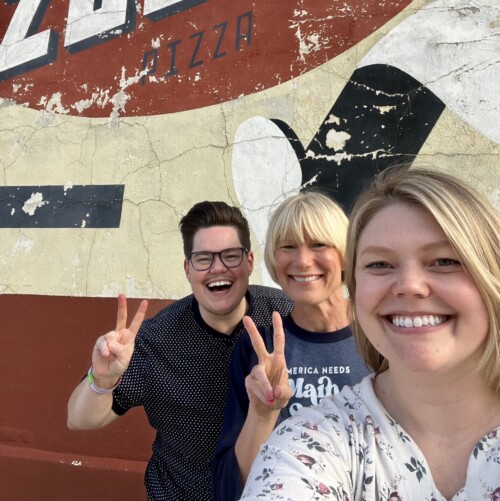
Marion, Iowa © Tasha Sams
We work in collaboration with thousands of local partners and grassroots leaders across the nation who share our commitment to advancing shared prosperity, creating resilient economies, and improving quality of life.
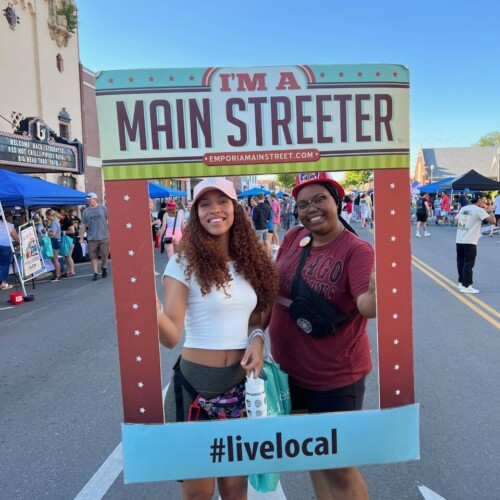
Emporia, Kansas © Emporia Main Street
Made up of small towns, mid-sized communities, and urban commercial districts, the thousands of organizations, individuals, volunteers, and local leaders that make up Main Street America™ represent the broad diversity that makes this country so unique.
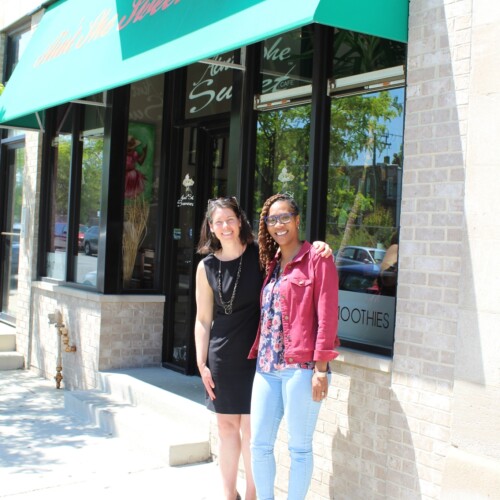
Chicago, Illinois © Main Street America
Looking for strategies and tools to support you in your work? Delve into the Main Street Resource Center and explore a wide range of resources including our extensive Knowledge Hub, professional development opportunities, field service offerings, advocacy support, and more!
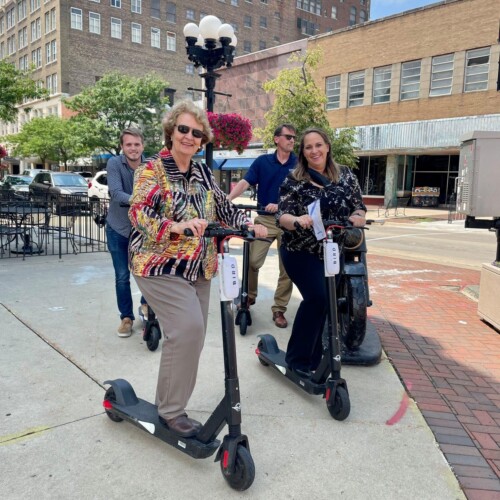
Waterloo, Iowa © Main Street Waterloo
Your one-stop-shop for all the latest stories, news, events, and opportunities – including grants and funding programs – across Main Street.
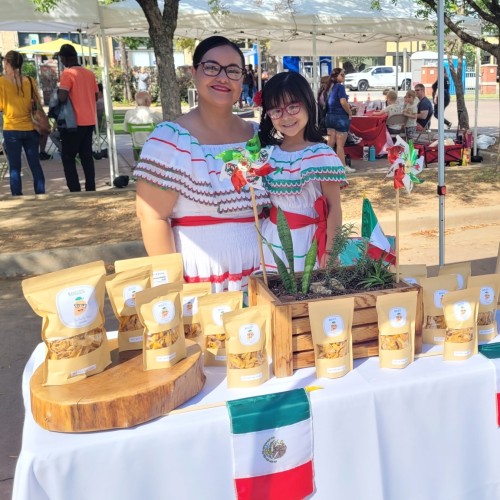
Kendall Whittier — Tulsa, Oklahoma © Kendall Whittier Main Street
Join us in our work to advance shared prosperity, create strong economies, and improve quality of life in downtowns and neighborhood commercial districts.

In the early 1960s, the small town of Albany, Georgia, found itself at the center of the Civil Rights Movement. A locally-driven effort, known as the Albany Movement—which sought to end racial segregation and discrimination in the small town—attracted the support of Martin Luther King Jr. Hundreds of people, including King, were jailed before the city repealed the Jim Crow laws in 1963.
Today, Albany is home to a vibrant Main Street district dedicated to honoring this history and building upon this legacy. The city government that once jailed Martin Luther King Jr. now serves as a resource and champion for Black entrepreneurship through their Main Street program, Downtown Albany, and the newly established Harlem District, which seeks to preserve Albany’s historic African American community in the downtown core.
In December 1961, Martin Luther King Jr. became involved in a new coalition known as the Albany Movement. His involvement was driven by the organization he had helped found: the Southern Christian Leadership Conference (SCLC), which partnered with the Student Nonviolent Coordinating Committee (SNCC), the National Association for the Advancement of Colored People (NAACP), the Ministerial Alliance, the Federation of Women’s Clubs, and the Negro Voter’s League to conduct a series of protests against segregation and discrimination in the city.

SNCC founded the Movement in November 1961, with members electing local doctor William G. Anderson as its president. The following month, Anderson asked Martin Luther King Jr. and the SCLC to join their efforts to reinvigorate the community and bolster efforts to end racial segregation in Albany. Shortly after his arrival, King was arrested and joined hundreds of local Black community members already behind bars. He was charged with parading without a permit and obstructing the sidewalk.
According to the King Institute, “the Albany Movement aimed to end all forms of racial segregation in the city, focusing initially on desegregating travel facilities, forming a permanent biracial committee to discuss further desegregation, and the release of those jailed in segregation protests.” Like similar movements at the time, they used nonviolent methods to advance their cause, including demonstrations, jail-ins, sit-ins, boycotts, and litigation. The Movement was a profoundly local effort that empowered the highly engaged Black community.
In August of 1962, after months of protests and arrests, the Movement had not achieved its goals. King reluctantly agreed to leave the city and call for an end to the demonstrations. But the end of the Albany Movement was not the end of the struggle for civil rights in the city or the nation. In 1963, William G. Anderson, the former president of the Movement, won a case against the city government that resulted in the repeal of Jim Crow segregation laws in the city. Two years later, the passage of the Voting Rights Act of 1965 banned racial discriminatory practices in voting, restoring these rights of Black adults across the nation.
Downtown Albany, the city's Main Street program, is proud of their Civil Rights legacy, and they are utilizing the Main Street model to preserve and build upon this heritage. “We believe that a comprehensive approach, combining historical preservation, education, and community engagement, is essential to keeping the spirit of the Albany Movement and the Civil Rights Movement alive in our city,” said Lequrica Gaskins, Executive Director at Downtown Albany. They organize multiple events and activities to commemorate the Civil Rights Movement, including guided tours of notable Civil Rights locations, collaborations with schools and community organizations to offer youth educational programs, and an annual MLK Day breakfast to provide education, connection, and reflection on Civil Rights history.

“Downtown Albany is committed to fostering an inclusive and thriving community for everyone, including minority business owners and entrepreneurs,” said Gaskins. They focus their efforts in three areas: resources, mentoring, and networking. Direct funding for economic empowerment and community development helps bridge the financial challenges faced by many new entrepreneurs. Seminars led by local business leaders provide an opportunity for new business owners to meet and learn from their experienced peers. Finally, their business incubator program—which brings together networking opportunities, shared workspaces, and funding for new start-ups—helps support business owners as they establish a presence and move towards a brick-and-mortar location.
At the same time, Albany is making direct investments in the Harlem District, a historic African American neighborhood located within the downtown area. Last year, the local government approved the Harlem District Master Plan and Urban Redevelopment Plan, which will showcase the vibrant history and culture of the district and support sustainable economic growth for the predominantly Black community in that neighborhood. “The Harlem neighborhood served as a haven where beliefs developed because the footsteps of people who fought for justice and equality could be heard on its streets,” explains the Harlem Renaissance Project website. Historically, the neighborhood was a hub for Black businesses in a segregated city. As the center of the Black community in Albany, it also played an important role in the Albany Movement. As segregation ended, many moved away from the area, a phenomenon that was seen across the South and continues to impact communities today.
Downtown Albany and its partners plan to bring new life and energy back to this important community by supporting key development projects, including a gathering and meeting space, a food hall, a wellness center with medical and dental providers, and residential housing. These investments will provide the framework for new prosperity in the historic neighborhood.
Albany has made significant efforts to become a more equitable and inclusive city since the height of the Albany Movement and King’s departure in 1962. And Downtown Albany is continuing this work. Through Civil Rights tours, entrepreneurial support, and investments in the Harlem District, Albany is building on their past as a catalyst for a better future.

Community Heart & Soul, a Main Street America Allied Member, is this quarter's Main Spotlight advertiser. For more information about the products and services they provide to Main Street organizations, click here > https://www.communityheartandsoul.org/boost-your-main-street-with-community-heart-soul/